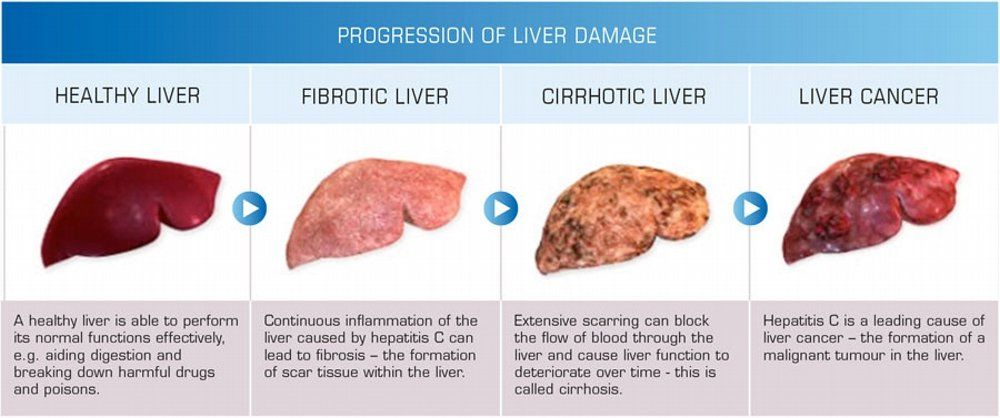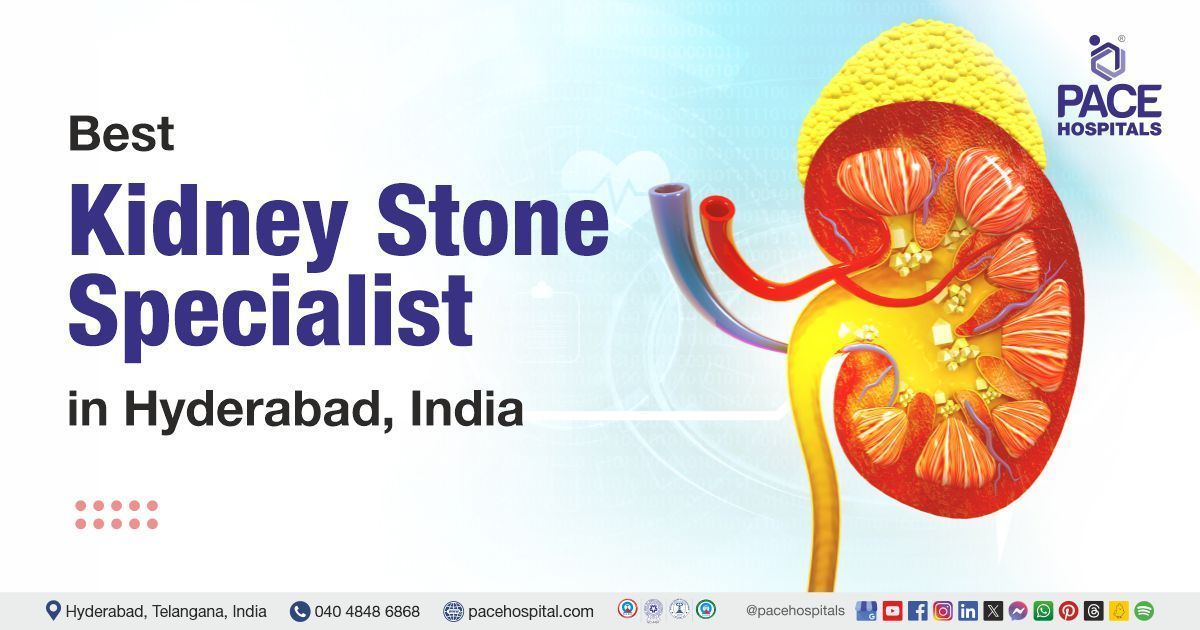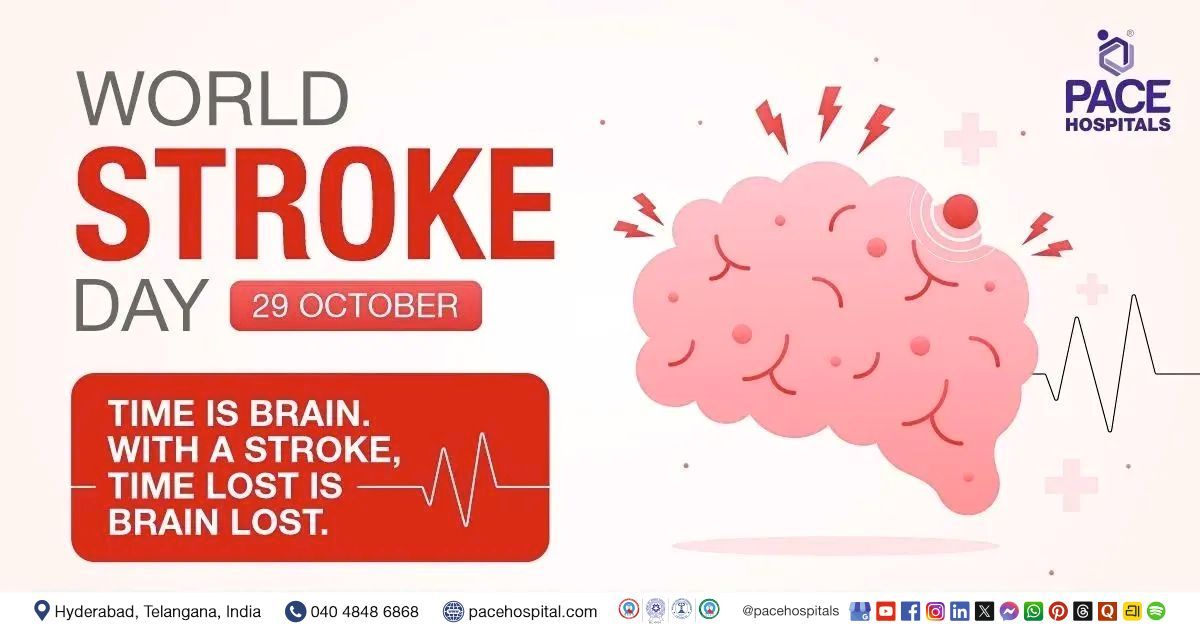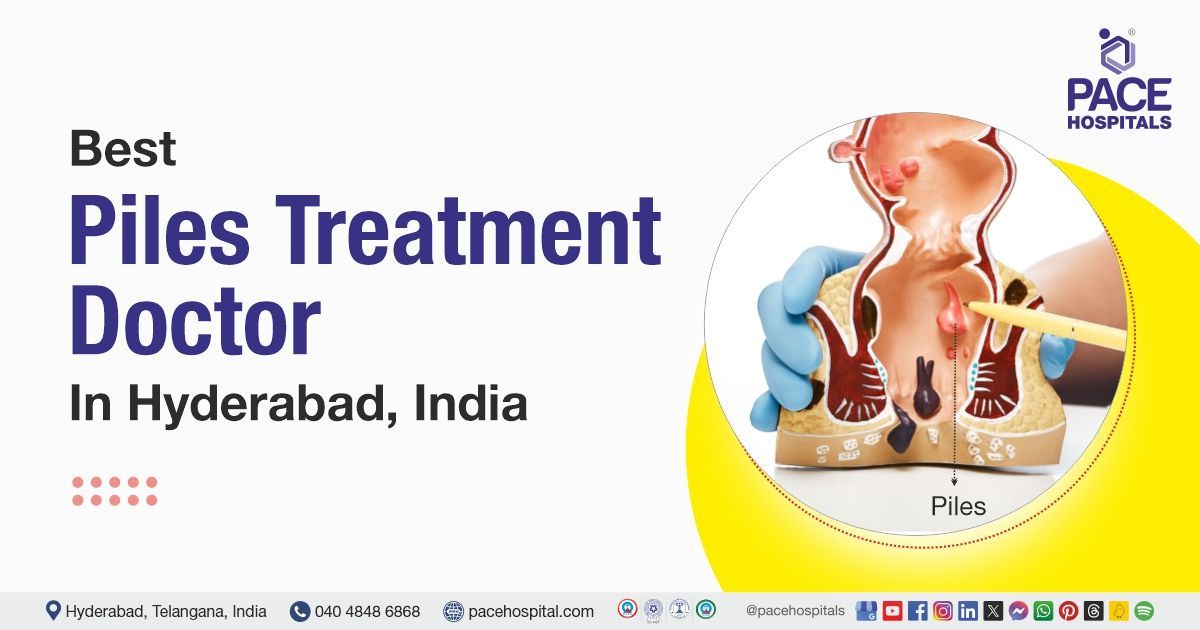Risk, Prevention & Screening of Liver cancer
Up to 80 percent of primary liver cancers worldwide are causedby viral hepatitis, a disease that leads to inflammation in this organ.Hepatitis is caused by infection with hepatitis A, B, or C viruses. Of thesethree, however, only people with chronic or persistent hepatitis B or Cinfection – and particularly those with cirrhosis (scarring of the liver) – areat increased risk of developing liver cancer.
Infection occurs through physical contact with blood or otherbodily fluids of an infected person, such as through unprotected sex andsharing of infected needles, or from receiving blood transfusions prior to1994.
Because primary liver cancer caused by viral hepatitis tends todevelop slowly over the course of two to three decades, there are steps you cantake to get screened for the infection and prevent it from becoming advanced.
Risk Factors
In addition to chronic hepatitis B and C infection, factors thatincrease the risk for liver cancer include:
- Non-alcoholic fatty liver disease (NAFLD): In this condition, atype of fat called triglycerides accumulates in the liver, which can lead toliver injury (non-alcoholic steatohepatitis). NAFLD can cause cirrhosis andliver failure. It commonly occurs in people who are overweight or obese, or whohave type 2 diabetes or a metabolic syndrome. The condition is emerging as animportant risk factor for liver cancer in the India where obesity is on therise and approximately 20% have diabetes.
- Alcoholic liver disease and alcohol related cirrhosis: is animportant risk factor for liver cancer. In addition to causing liver diseaseand cancer Consumption of alcohol also greatly increases the risk of cancer inpeople infected with the hepatitis B or C virus. People with viral hepatitisare strongly advised to refrain from consuming alcohol.
- Hemochromatosis: is a rare genetic disorders in which the bodyabsorbs too much iron from food. It can predispose to liver disease and cancer
- Exposure to arsenic: a naturally occurring substance sometimesfound in drinking water, or to vinyl chloride, a chemical used in makingcertain plastics. Excess intake of male hormones or of anabolism steroids, atype of hormone that builds muscle.
- Ingestion of the food contaminant aflatoxin, a harmful substancegenerated by certain types of mold found on improperly stored grains and nuts.
Ways to Prevent Liver Cancer
Among the most effective ways to reduce the risk of developing liver cancer is toavoid exposure to the hepatitis B and C viruses. Vaccines for hepatitis B arecommonly available for children and adults. If you are at risk for hepatitis Bor C infection, consider undergoing a screening test.
If you have chronic hepatitis B, you might be a candidate forantiviral therapy, which can slow down progression of liver disease anddecrease (although not eliminate) the risk of liver cancer.
Undetected and untreated, however, infection with the hepatitisB virus can lead to cirrhosis, liver failure, and cancer. While there is novaccine for hepatitis C, appropriate treatment can eliminate the virus in up to80 percent of individuals. Even more-effective treatments for hepatitis B arebeing explored.
You can also lower your risk for developing liver cancer byfollowing a healthy diet with avoiding alcohol . Getting regular physicalexercise, increasing fiber in diet and reduction of high carbohydrate and highfat content will help in fighting the epidemic.
Schedule Liver Cancer Screenings
If you have cirrhosis of the liver or certain types of chronic liver disease,such as hepatitis B, you should undergo a regular screening for primary livercancer with imaging such as an ultrasound.
When performed every six months, screening tests can help youand your doctor identify liver cancer at an early, treatable stage.
Original Post: https://goo.gl/Ax5idm
Share on
Request an appointment
Fill in the appointment form or call us instantly to book a confirmed appointment with our super specialist at 04048486868











